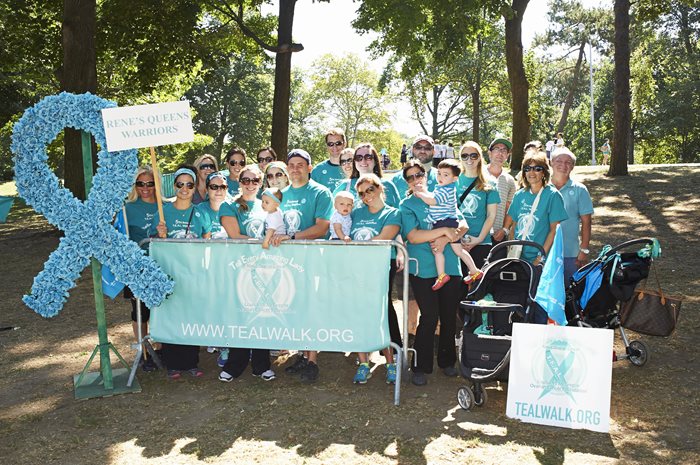
Cervical cancer is a major killer – nearly 250000 people each year die from cervical cancer-related complications. What causes such a disease? Most often cervical cancer results from HPV (over 90% correlation rate), though other risk-increasing factors include smoking and unprotected sex. Cervical cancer spreads quickly from one area of the body to the next – the issue with that being that like most cancers, it is nearly impossible to detect at stage 1. Often when the cancer has been detected the disease has progressed to stage 2 at least, where the cells have blocked much of the cervix. Once it progresses to stage 3, the urethra may be blocked causing serious urinary pain. Stage 4 for the disease is like many other cancers – the cells have spread to surrounding lymph nodes and have generally caused havoc in the body. The screening options for cervical cancer include colposcopies (medical imaging using acetone to show oddities) and Pap smears, both of which have helped decrease those unaware of their cervical cancer significantly. However, the high amount of death generated by such a disease shows a need for more research and new technologies. This requires support and awareness by wearing cervical cancer bracelets for all to easily see. Do both by buying a cervial cancer awareness product such as a teal wristband!

Source: tealwalk.org
Ovarian cancer is a frightening disease – most of the time it is detected too late for any sort of quick-fix. It is highly influenced by risk factors, to the point where it is not recommended to get screened for it if you aren’t at high risk. The symptoms of the disease are often subtle in the beginning – occasional pelvic pain, light bloating, or fatigue (nothing that screams ‘cancer’), and only is seriously identifiable by the time ovarian torsion occurs. Risk factors are numerous: some include not having children, using fertility medication, family members with ovarian cancer, pesticides, and many more. It’s a long process to make sure that you stay risk-free, but the alternative is either testing or cancer (neither of which are particularly desirable). Teal is the color for the ovarian cancer bracelet or jewelry– get involved now!

Written by Michele Wheat